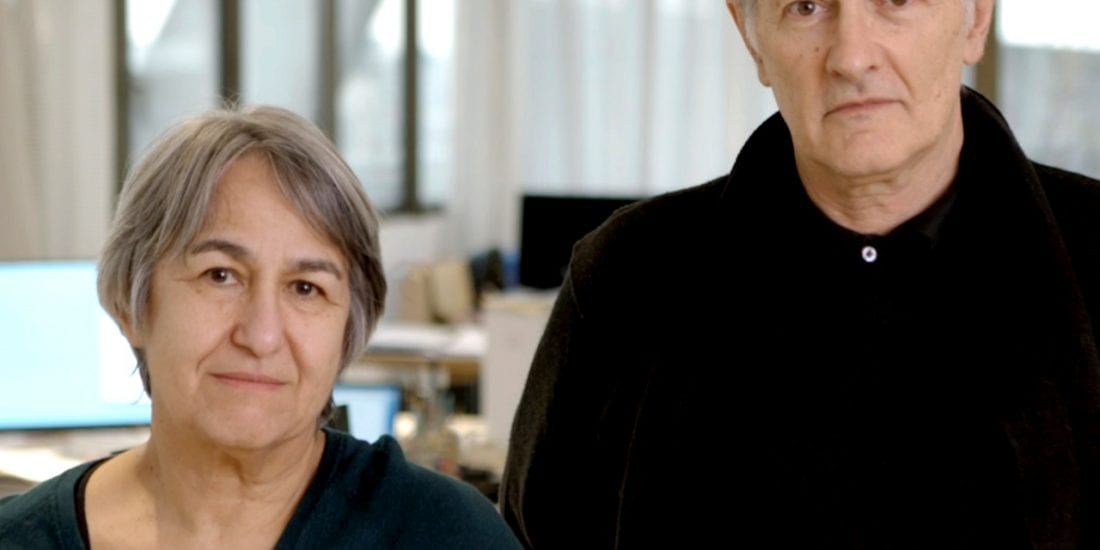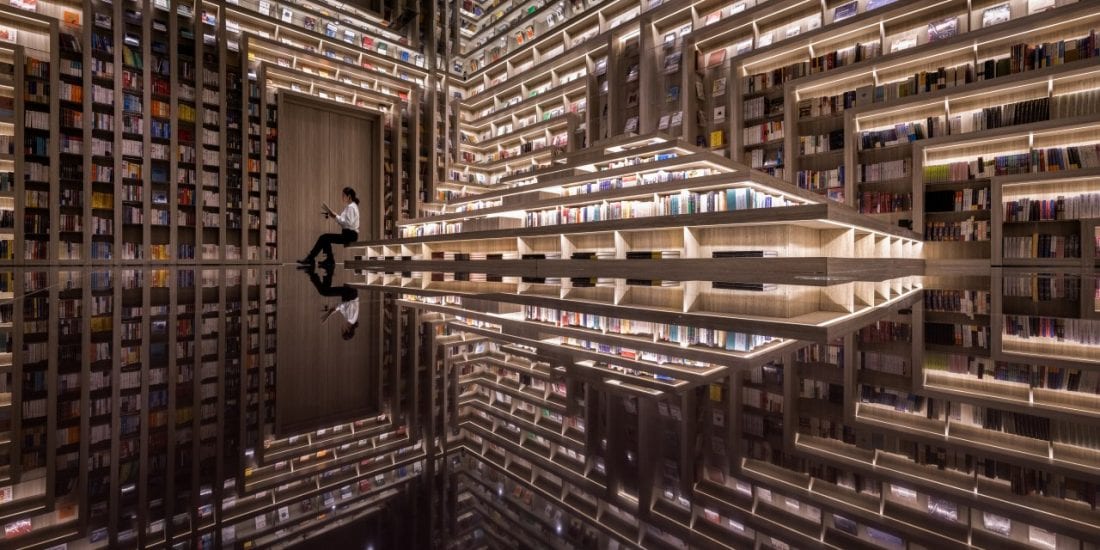Msheireb Museums Shortlisted for Aga Khan Awards
Msheireb Museums, from Qatar, is one of the 20 shortlisted projects for the 2019 Aga Khan Award for Architecture that was announced on April 25.
Six other projects from Oman, Bahrain, UAE, and Lebanon have also been shortlisted for this Awards. The 20 projects will compete for $ 1 million in prize money.
The Msheireb Museums is a beautiful reimagination of the old quarters. Four historic courtyard houses dating from the early 20th century was brought together to become the Msheireb Museums. Each museum has been remodeled and extended to relate directly to the occupations or visions of those who originally lived in them, making them authentic mouthpieces for Qatari history and culture.
The domestic architecture was reinstated using traditional construction techniques and materials. New services and technologies were integrated into floor areas and hidden recesses. Skylights were introduced for interior lighting. Careful attention was given to the arrangement, paving, water elements, and landscaping of the open courtyards. The most significant new architectural intervention was the creation of a new subterranean gallery below one of the houses.
The shortlisted project from Oman is the reimagination of the Muttrah Fish Market at the Muttrah Harbour, that houses a rooftop restaurant in addition to a fish market. The design exemplifies contextual regionalism, respecting both the traditional context and modern needs.
In January, an independent Master Jury reviewed hundreds of nominations. The 20 shortlisted projects are now undergoing rigorous investigations by a team of experts who visit and evaluate each project on-site. Their reports are the basis for the Master Jury’s selection of the eventual laureates. It should be noted that projects commissioned by the Aga Khan or any of the institutions of the Aga Khan Development Network (AKDN) are ineligible for the Award. To be eligible for consideration in the 2019 Award cycle, according to Aga Khan are those projects that had been completed between 1 January 2012 and 31 December 2017, and should have been in use for at least one year.
The list of the 20 short-listed projects are:
1 Bahrain
Revitalization of Muharraq, offers testimony on the pearl trade in the Arabian Peninsula over the centuries, especially when Bahrain thrived during the 19th century.
2 Bangladesh
Arcadia Education Project, in South Kanarchor, a modular amphibious structure – incorporating space for a preschool, a hostel, a nursery, and a vocational training centre – which is tied down on a riverine site that is often flooded for five months every year.
Amber Denim Loom Shed, in Gazipur, a new design that combines traditional Bangladeshi residential architecture and contemporary elements in a large open space that accommodates machines, a buyers’ lounge, a dining space, a prayer area and washrooms.
3 China
Courtyard House Plugin, in Beijing, a prefabricated modular system first developed as a prototype for installation within courtyard houses in the traditionally Muslim district of Dashilar, which is home to communities who do not have the means to renovate.
4 Djibouti
Tadjourah SOS Children’s Village, a design based on a traditional medina and a layout of narrow streets that maximises shade and ventilation while providing shelter for the most vulnerable in society.
5 Ethiopia
Warka Water, a prototype first implemented in Dorza, consists of an elegant triangular frame made out of local bamboo that encloses a thin polyester mesh – which captures droplets from high humidity in the air.
6 Iran
Enghelab Street Rehabilitation, in Tehran, encompasses both the rehabilitation of the façades of 114 existing buildings and the creation of public cultural space between the national theatre and opera house.
7 Indonesia
Taman Bima Microlibrary, in Bandung, aims to help combat Indonesia’s low literacy rates by adding a microlibrary above a pre-existing stage used for community events.
AM Residence, in Jakarta, a design inspired by Indonesian vernacular stilt houses that favour natural ventilation; walls are minimised and windows kept simple for a seamless interior-to-exterior relationship.
8 Lebanon
Jarahieh School, in Al-Marj, which provides educational facilities for children from 300 Syrian refugee families, creates a hub for community activities and offers the settlement’s only secure shelter in the event of snowstorm or earthquake.
9 Oman
Muttrah Fish Market, in Muscat, which highlights the region’s trade and fishing traditions while also catering to Oman’s growing tourism industry.
10 Palestine
Palestinian Museum, in Birzeit, which crowns a terraced hill overlooking the Mediterranean and is the recipient of the LEED Gold certification because of its sustainable construction.
11 Qatar
Msheireb Museums, in Doha, which incorporates four historic courtyard houses dating from the early 20th century that together comprise an element of the cultural development of downtown Doha.
12 Russian Federation
Tatarstan Public Spaces Development Programme, a programme that, to date, has improved 328 public spaces all over Tatarstan in areas ranging from major cities to small villages.
13 Senegal
Alioune Diop University Lecture Building in Bambey, where a scarcity of resources led to the use of bioclimatic strategies: a large double roof canopy and latticework that avoids direct solar radiation but allows air to flow through it.
14 Turkey
Beyazıt State Library Renovation, in Istanbul, the renovation of a 19th century library – housed within a 16th century building – that displays rare manuscripts and architectural heritage.
15 Uganda
Ashinaga Uganda Dormitory, in Nansana, a residential school that prepares outstanding students from sub-Saharan Africa for entry into higher education.
16 United Arab Emirates
Concrete at Alserkal Avenue, in Dubai, the major element of a former industrial complex that has been transformed into a cultural hub.
Al Mureijah Art Spaces, in Sharjah, the renovation of five dilapidated buildings that offered the perfect urban and architectural setting for a contemporary art venue.
Wasit Wetland Centre, in Sharjah, a design that transforms a wasteland into a wetland and functions as a catalyst for biodiversity and environmental education.









